
Cannabis Root Aphids And How To Combat Them
There are times when we have to step up to protect our weed plants. Some pests are just waiting to do damage, and it's up to you to look out for the telltale signs of an impending infestation. But don't worry! We've created a handy guide so you can get the lowdown on the root aphid, one of the most common issues faced by cannabis growers today.
We all want the best for our cannabis plants, and do what we can to help them flourish. The task of growing at home comes with its own challenges, but the rewarding feeling you get from smoking a joint or vaping your personally grown stash is second to none. However, much like any other plant, cannabis is also susceptible to diseases and pests if not looked after.
One such pest is the root aphid—something you'll definitely want to avoid when growing at home. But what are root aphids? And what can you do to protect your plants from these harmful critters? Let's take a look.
What Are Root Aphids?
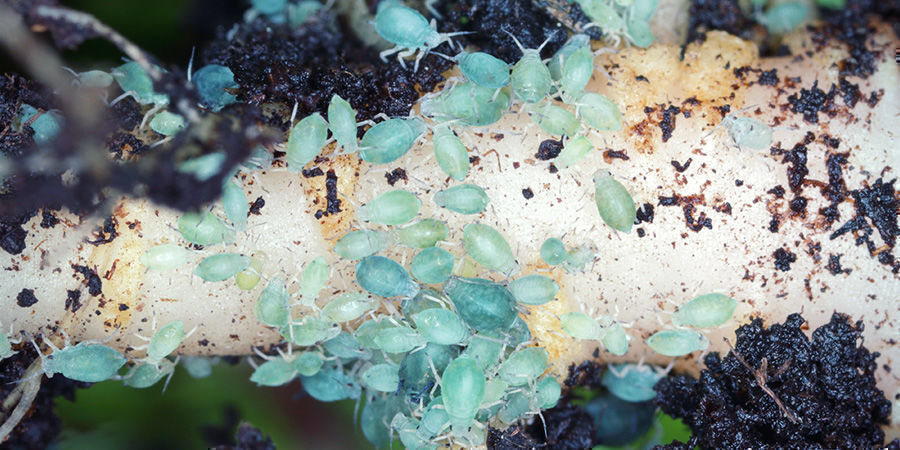
As one of the most common pests found in gardens and on houseplants, aphids are usually seen infesting the leaves and stems of a plant. They latch on and feed from it, often causing irreparable damage that can even lead to a plant’s total demise.
Obviously, as keen cannabis growers, we'd like to avoid this at all costs! While dealing with the common type of aphid can be tricky, it’s made even more difficult by the presence of a specific type of aphid that burrows into the surrounding soil.
As part of the aphid genus Phylloxera, root aphids, as the name suggests, feed on the roots. They are quite hardy pests that can reproduce asexually and have the ability to grow wings and scope out new plants once they’ve exhausted their current one.
How to Recognise Root Aphids
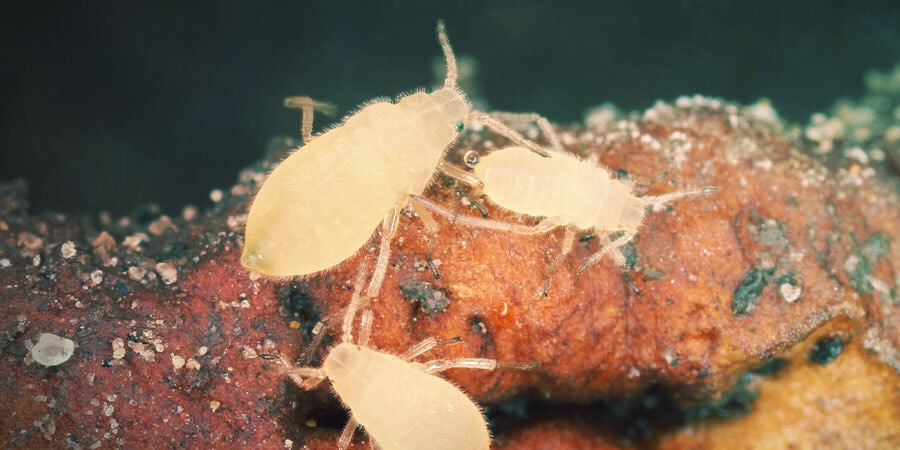
Because of their size, aphids are hard to spot at the best of times, making the root-munching variety even more difficult to detect. However, there are some features to look out for that may signal an infestation.
While they are mostly white and brown, root aphids can vary in colour and feature pink hues. Though they usually burrow into the soil, it is possible to see them clinging to stems, so check the base of your plants. Finally, as mentioned, root aphids also have the ability to grow wings, so keep an eye out for any pests flying near your plants! But don't worry if you find some hovering nearby, we'll give you tips on how to deal with them.
Root Aphid Infested Cannabis Plant: The Symptoms
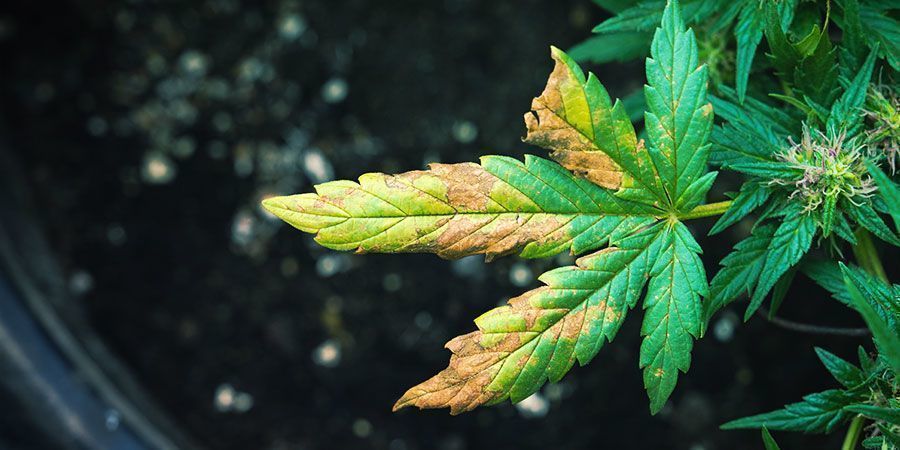
There are plenty of things to keep an eye on as your cannabis plants grow, such as nutrients, light, and water. But how do you recognise the symptoms of something a little more sinister? Concerning root aphids, one of the very first signs to look out for is slowed growth. If it begins to look withered and the leaves begin to turn yellow, this could be a sign that your plant has an infestation.
While these symptoms can be linked to magnesium or iron deficiency, it's undoubtedly a case of acting fast. Once you have ruled out other potential issues, you can then look at treating your plants.
How Do Root Aphids Cause Damage?
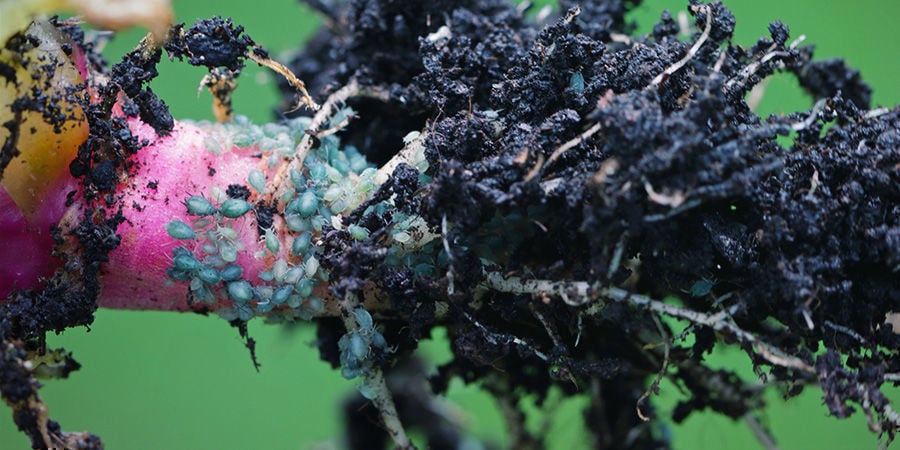
For such little creatures, the damage that root aphids can deal is astonishing. Never working alone, you can expect to see plenty of them crawling on your plant. But the damage isn't on the surface; it is the roots that suffer most.
Root Damage
Because of their ability to bore straight into the roots for feeding, root aphids will devastate the root system if allowed, causing wilting of the leaves, as mentioned. Overall, the growth of your cannabis plant will become severely stunted.
Effects of Root Damage
While root damage in general is enough to take down an entire plant, the root aphids' ability to wreak havoc extends beyond the roots. Their excretions also stimulate mould growth on the plant, which will lead to more damage. Not only this, but the presence of root aphids will also attract ants, which will attack other parts of the plant. From here, these creatures can make their way to surrounding plants, which you definitely don’t want.
How to Prevent a Root Aphid Infestation
All is not lost! As is the case with any plant, a little bit of maintenance will go a long way, and your well-looked-after plant will reward you with some bountiful, thick, and healthy buds. However, there are many different tips, tricks, and methods you can use to keep these pesky pests away.
Cleanliness and Routine
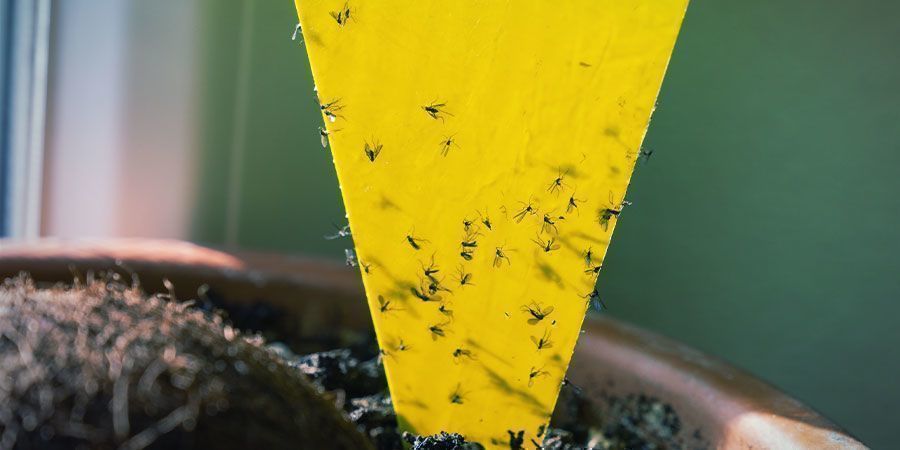
This is hugely important in the upkeep of your cannabis plants, regardless of potential pests. Keeping your grow area clean is not only a great habit to get into, but will also potentially stop any root aphids from deciding to make your plants their home. Keep this as part of your daily/weekly routine, and you'll see the benefits.
Use Sticky Traps
Simple, safe, but effective! Using sticky traps will stop root aphids in their tracks. Place these super sticky pads by your plants, and you'll be impressed with what you catch. Once full of pests, throw away and replace as necessary.
Start From Seed as Opposed to Starting From a Clone
Clones have the potential to carry pests or insect eggs as soon as you take them. It's possible that the original mother plant may not have been monitored correctly during its initial growing cycle. This can be down to large-scale cloning operations where not much care was taken, or from simple oversight. Growing from seeds will give the grower full control over their plants from start to finish.
Isolate and Thoroughly Check New Plant Material
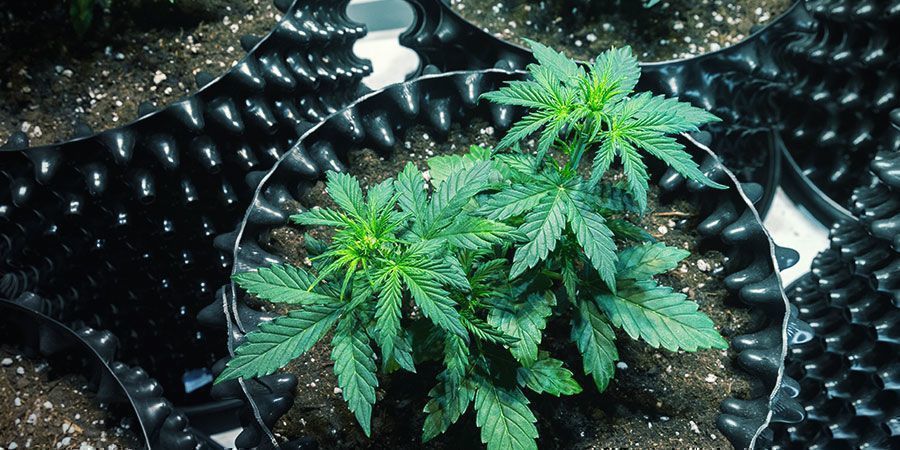
This is also common protocol, but important to mention nonetheless! Checking any new plants you introduce into your grow room for root aphids will undoubtedly save you a lot of hassle in the long-run.
Don't Overwater
While this may sound like common sense, the risk of overwatering is constant throughout your plant’s life cycle. Excess moisture will attract root aphids, as they can burrow into the soft ground with ease.
Be Aware When Using Raw Soil Mixes
Although they will provide your plant with the most natural substrate, raw soil mixes can themselves contain root aphids. This will make your plants a very easy target. This doesn't mean you should avoid these mixes, but keep a watchful eye.
Rotate Combative Measures
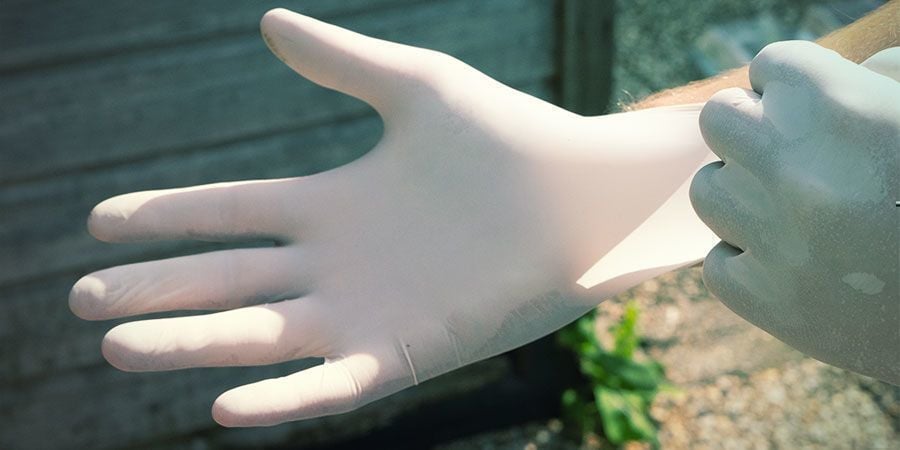
Changing your strategy when dealing with pests will help you immensely. There are many natural and organic pesticides available on the market today, and using the same one over and over again will only allow for pests to create resistance. So mix things up and keep your plants safe!
Be Extra Careful When Removing an Infected Plant
This is a hugely important step. Once you spot an infestation, you will want to remove the plant immediately from the growing area. Extra care must be taken so that no soil is dropped. This, in turn, will prevent the aphids from infesting any nearby plants.
How to Get Rid of Root Aphids on Your Cannabis Plants
So, those are our top tips to help prevent a root aphid infestation, but what do you do when it's too late, and they've already made themselves at home? Well, there are some different treatment routes you can take to get rid of these troublesome aphids. The approach you choose will largely be divided into chemical or organic treatments. While both will do the trick, organic methods are, of course, the safe, and environmentally friendly way to control your root aphid issues.
Organic Aphid Control
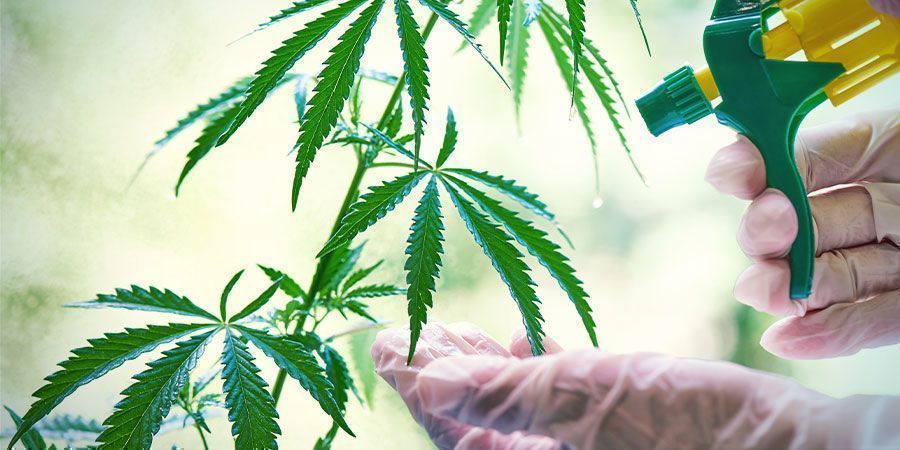
-
Friendly Predators
Not all insects and bugs are there to harm your cannabis plant. Instead, some can be powerful allies in the fight against root aphids. Ladybugs and midges in particular will control the aphid population with ease. You can also look at introducing microorganisms such as predatory nematodes and Beauveria bassiana to hunt down root aphids.
-
Neem Oil
Spraying the foliage and surrounding soil with a natural neem oil insecticide will take care of the root aphids, and will also deter others from infecting the plant. Just make sure to never spray neem oil directly on cannabis buds.
-
Clean Playground Sand
By adding a thin layer of sand over the soil, this will kill any root aphids and stop others from entering the soil. This method can be used alongside others, such as neem oil, allowing you to maximise your offensive and defensive measures.
-
Pyrethrum Spray
Made from the dried blossoms of white daisies, Pyrethrum spray is an effective method for dealing with pests. Used in small amounts, it is strong enough to repel aphids. It can also be used in larger quantities as an environmentally friendly and biodegradable method of protecting and treating your plants in general.
-
Rosemary and Lemongrass Oil
Similar to the all-natural neem oil, the use of rosemary and lemongrass oils will act as a strong deterrent for aphids, and will kill those that have already infected the plant. Drenching the entire root system is often seen as the most effective method of treatment as it will not harm the plant.
Chemical Aphid Control
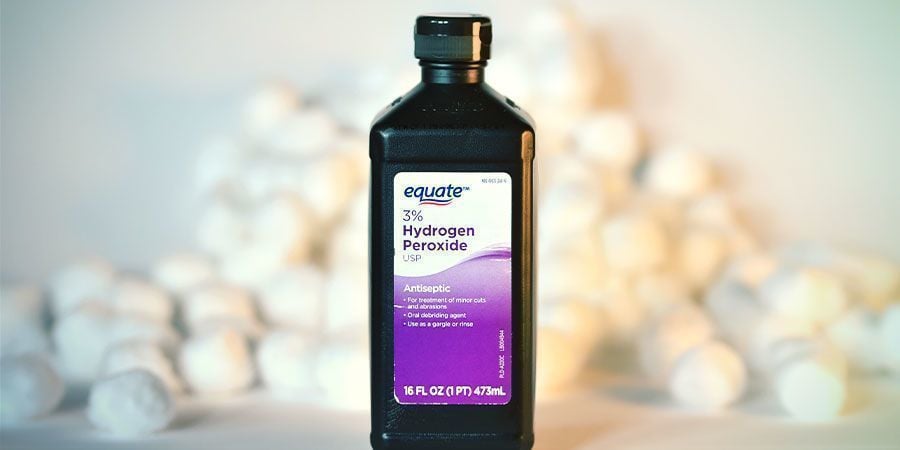
-
Hydrogen Peroxide
Although commonly known as a chemical for disinfecting wounds, many have taken to using hydrogen peroxide for treating plants infected with root aphids. Pumping hydrogen peroxide into the soil will kill any lurking pests, but the harshness of the chemical can also harm the plant itself. It can affect beneficial soil organisms as well, so treat with caution!
-
Imidacloprid
The most commonly used insecticide in the world, both commercially as well as for personal use, imidacloprid will definitely take care of any pests in your growing area. However, due to the harsh nature of this particular chemical, it can have a negative impact on your plants, and has been known to cause damage.
-
 7 min
February 28, 2019
Companion Plants To Nurture & Protect Your Cannabis Crop
Cannabis growers need to plan carefully. This includes placing companion plants strategically around the grow. Used both for outdoor and indoor cultivation, these plants can increase yield by...
7 min
February 28, 2019
Companion Plants To Nurture & Protect Your Cannabis Crop
Cannabis growers need to plan carefully. This includes placing companion plants strategically around the grow. Used both for outdoor and indoor cultivation, these plants can increase yield by...
-
 4 min
December 14, 2018
Top 5 Natural Pest Repellents For Cannabis
Make sure your organic marijuana beauties stay that way. These top 5 organic pest control methods will ensure your weed remains natural and untouched by nasty chemicals.
4 min
December 14, 2018
Top 5 Natural Pest Repellents For Cannabis
Make sure your organic marijuana beauties stay that way. These top 5 organic pest control methods will ensure your weed remains natural and untouched by nasty chemicals.








 United States
United States








